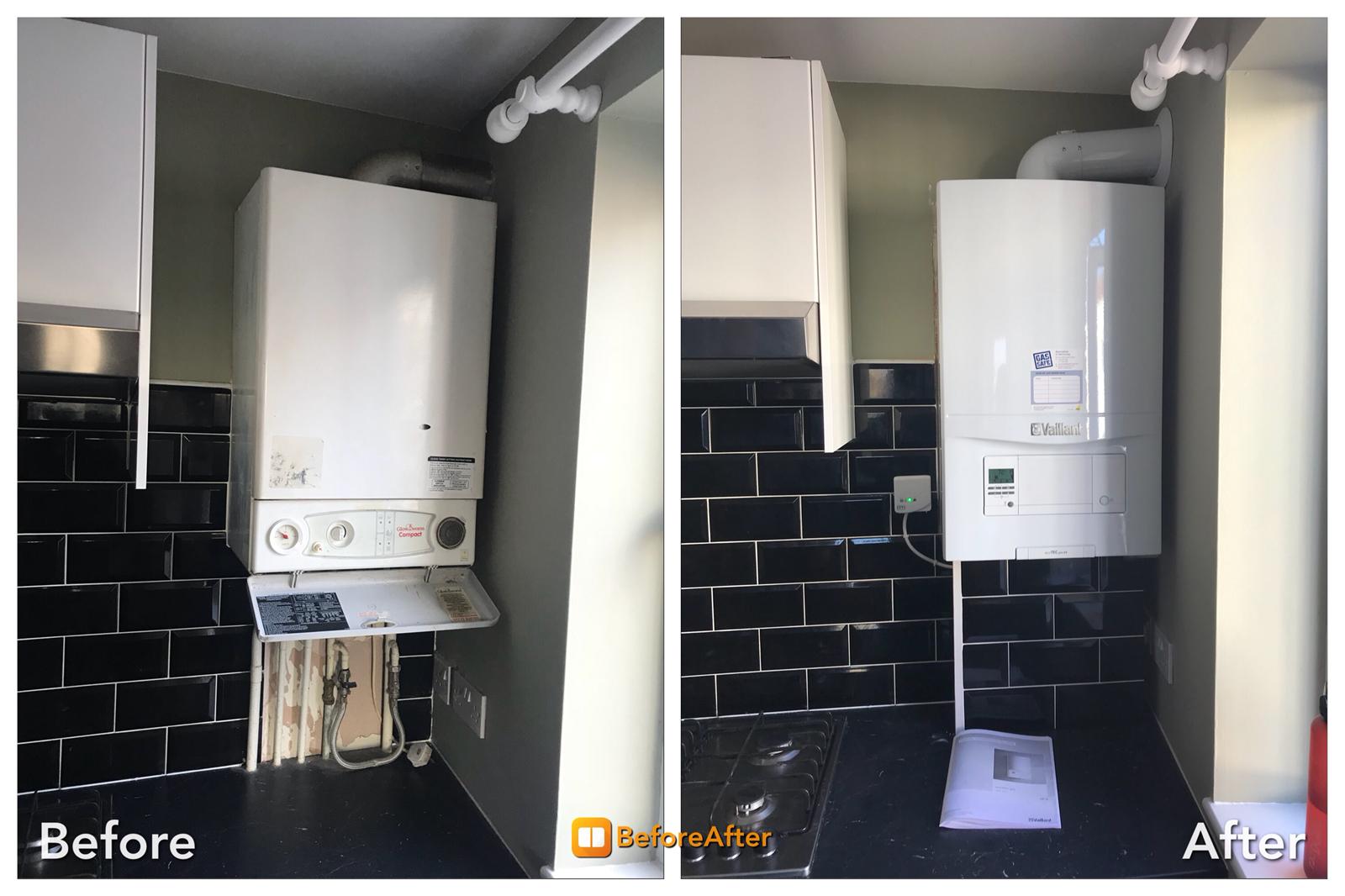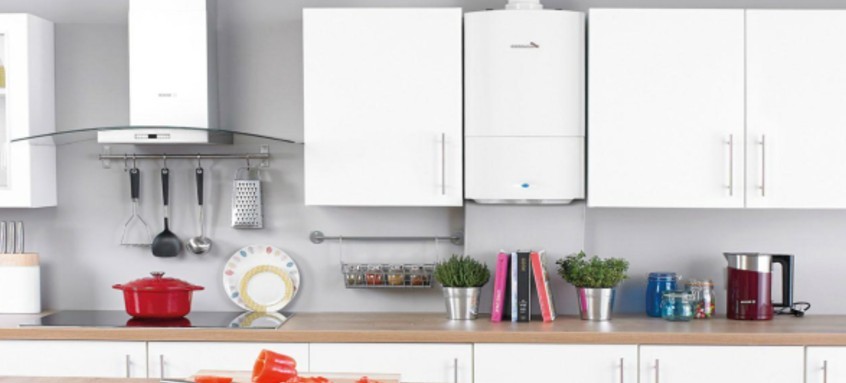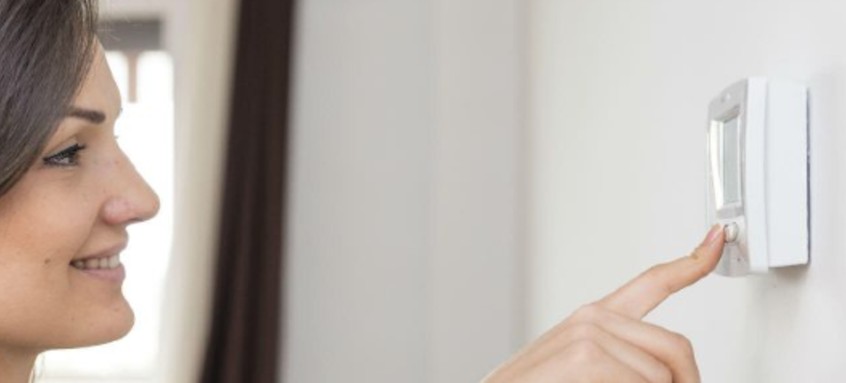August 9, 2018 in Uncategorized
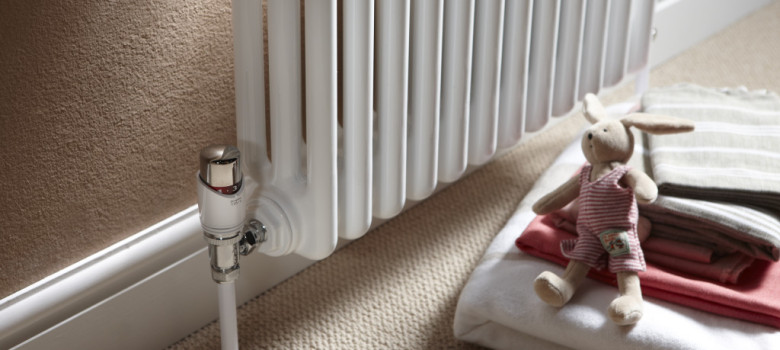
What are thermostatic radiator valves (TRVs)?
Thermostatic radiator valves are commonly referred to as TRVs and are used to control the air temperature of different rooms – you will normally find them on the side of your radiators.
TRVs are just one of a number of heating controls, which allow homeowners to heat their homes more efficiently. If set up correctly, they allow you to have different heating zones throughout the house, despite only one centralised boiler providing the heat.
How does a TRV work?
The TRV is a self-regulating valve that works by changing the flow of hot water into a radiator. It consists of two parts, the valve head and the valve body, with the head sitting atop the body. 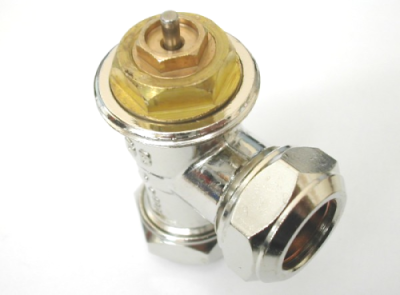 When the room temperature changes, a capsule in the valve head contracts or expands, which moves a pin in the valve body causing it either to open or close.
When the room temperature changes, a capsule in the valve head contracts or expands, which moves a pin in the valve body causing it either to open or close.
If it gets too warm in the room, expansion of the capsule will cause the pin to close the valve – slowing the movement of hot water into the radiator. Likewise, if the room drops in temperature, contraction of the capsule in the valve head pulls the pin out, allowing hot water to enter the radiator once more.
There tends to be two materials used in the TRV capsules – wax or liquid. On the whole, liquid models are generally considered to be better and their price reflects this. One of their advantages is their responsiveness to changes in temperature – while the wax one is relatively slow to expand or contract, the liquid capsule will change the flow of water into the radiator far more quickly.
Costs of TRVs
A TRV will cost you about £10 – 30 each. The Drayton TRV4 for example, which is a liquid capsule TRV and is considered one of the best costs £20 from Screwfix. Installation cost will very depending the system. A full drain down is usually needed and can take some time. Inhibitor is then needed when filling the system back up.
Where not to use a TRV
There are two places that you really shouldn’t install TRVs on the radiators – the first is in bathrooms. This is because the heat produced by the bath/shower will cause the TRV to shut off (it will cause the capsule to expand), just when you need the heat from the radiator to fight off condensation.
We also don’t advise installing a TRV in the same room as your main heating thermostat. The main thermostat will link directly to the boiler, firing it up or turning it down, so by having a TRV in that room they will fight for control – if the TRV wins, the heating in your house will go off!
Newer electronic TRVs
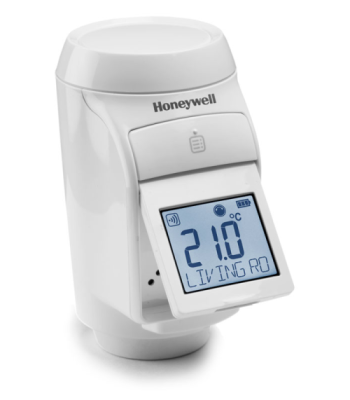 Nowadays you can take zonal heating control a step further with electronic TRVs (for example Honeywell’s Evohome system). These electronic TRVs use batteries and electronic thermostats to constantly monitor the temperature of the room and move the pin up and down accordingly.
Nowadays you can take zonal heating control a step further with electronic TRVs (for example Honeywell’s Evohome system). These electronic TRVs use batteries and electronic thermostats to constantly monitor the temperature of the room and move the pin up and down accordingly.
They can also be used with the other heating control components to create an intelligent heating system like the Heat Genius system. This obviously adds significant cost to the system, but allows you to accurately monitor and control the temperature of individual rooms in the home all from the touch of the button on your tablet computer or phone.
Are TRVs a good idea?
In properties with a decent number of different rooms, then TRVs are definitely worth considering, especially if there are rooms that are unused and therefore not worth heating in the first instance.
They can produce decent energy savings especially when part of an intelligent heating system.
It is important to maintain them though; many clients we see have non-functioning TRVs.
It is important to ensure that the valve head vents don’t get clogged by dust and other objects since this can obstruct air hitting the liquid or wax capsules that control how the TRV functions. It is also worth checking once a year that the pin in the valve body is still moving freely (these sometimes get stuck).
To do this, unscrew the valve head off the body – this should reveal the pin that moves up and down controlling the flow of water into the radiator. A spring should hold the pin fully extended above the valve – if the pin doesn’t move when you push it, you may need to replace the whole valve assembly.
